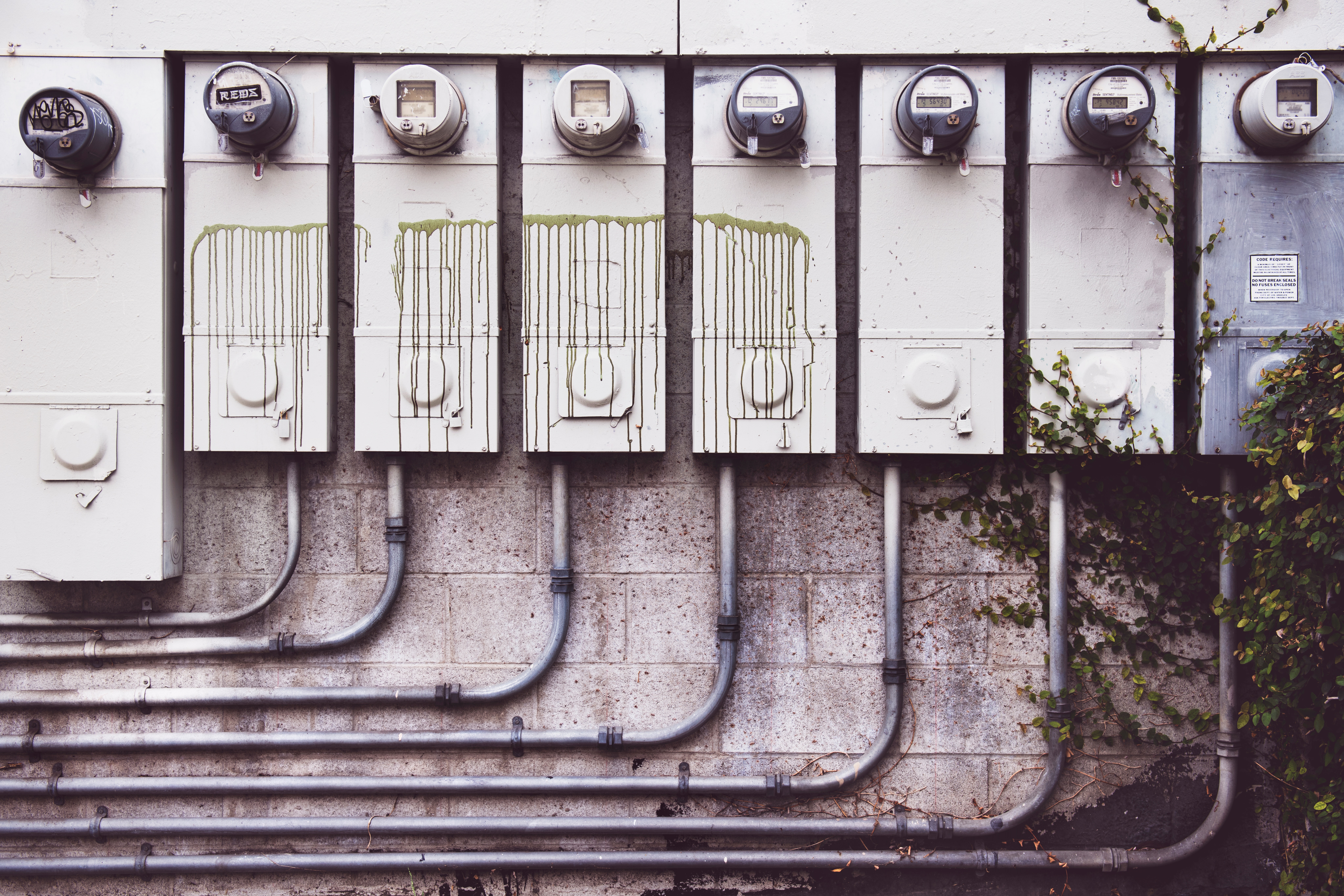If you’re shopping around for electricity, it can be hard to know what is a good deal. You’ll see terms like kWh, off-peak, and fixed rate. We’ll walk you through what this means so you’ll know if you’re getting a good deal.
What is a kWh
Kwh stands for kilowatt-hour and it is the unit of measurement electric companies use to figure out your consumption. It is how they measure how much energy you are using and so how much they should charge you for.
A 100-watt lightbulb could be on for 10 hours and that would equal one kilowatt-hour.
Here are some examples of activities that use one kilowatt-hour:
Watching TV for 3-hours
Running your router for 5 days
Using your oven for 30 minutes
The average US household uses around 900 kWh per month, but this can vary a lot depending on how big your home and household are, the time of year, and your personal energy habits.
The average cost of kWh in the US is 13.14 cents.
What does off-peak mean?
During the summer between 8 am - 10 pm is when we use the most electricity. We are trying to work and stay cool. When the demand for electricity is higher, the costs also go up. When this demand is high, it is called “peak.”
Off-peak is when demand is at its lowest. This usually 11 pm and 7 am. It’s also when you’re electric costs will be at their lowest. A smart money-saving strategy is to wait until off-peak hours to do things like run your dishwasher or do laundry. Since these two appliances use a lot of electricity, why not use it when it is cheaper.
Types of Electricity Plans
The kWh rate you pay will also depend on the type of electricity plan you have. There are three types of plans:
Fixed Electricity Rates - This plan is nice if you want a predictable price for electricity. When you sign this type of contract, you can count on the price of kWh being the same no matter what happens in the market. This is awesome if the price of electricity goes up because you’ve locked in your price, but it can sting if the price goes down and you’re stuck paying a price higher than the market. This is a good option if you are trying to budget.
Variable Electricity Rates - This plan type changes the price month-to-month based on the cost of wholesale electricity. This is a good option if you don’t want a long term contract or if you plan on living in a location for a short period of time.
You might want to stay away from this type of plan if you live in an area with high summer temperatures. When everyone is running their AC, the prices typically jump as much as 50%.
Indexed Electricity Rates - This plan could have variable prices or fixed prices for the duration of the contract. If you see specials like “free nights and weekends,” these are typically indexed plans. You’ll want to research the exact terms of the contract before you agree, as this could have the same downside as a variable plan.
Tiered-Rates
Another thing to look out for in your electricity contract is tiered rates. This works a lot like a cell-phone plan where you get changed extra if you cross a data threshold. For example, you might be charged $90 for using at least 1 kWh. When you cross over the 1,001 kWh, you enter a new tier and get another $90 tacked on to your bill.
What does that mean? It means that a company could advertise a cheap kWh to make their contracts look attractive, but then have tiers kick in and drive up your total bill.

